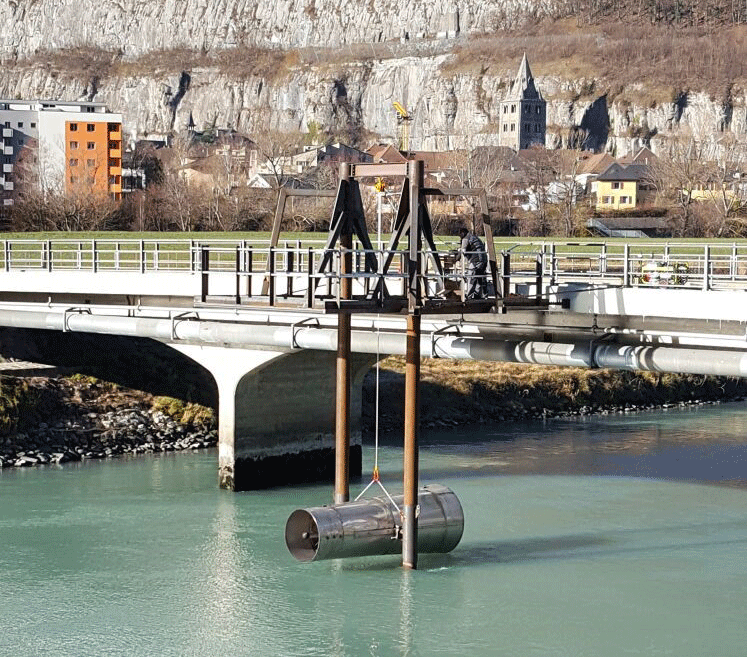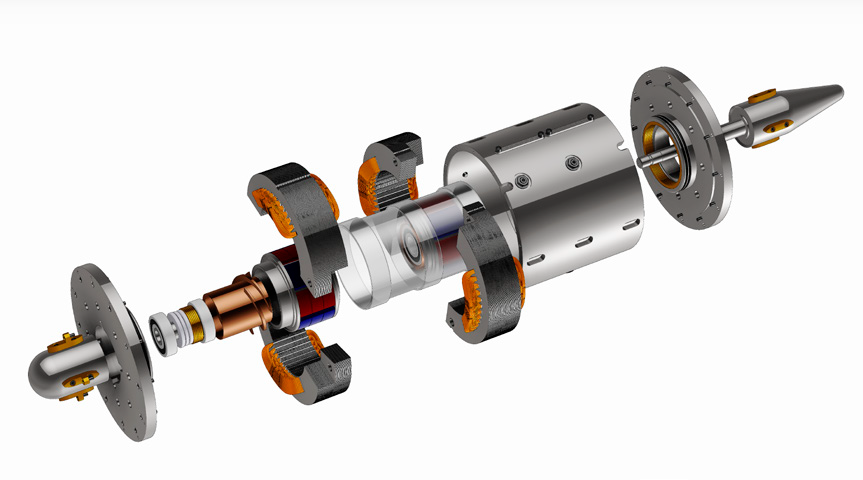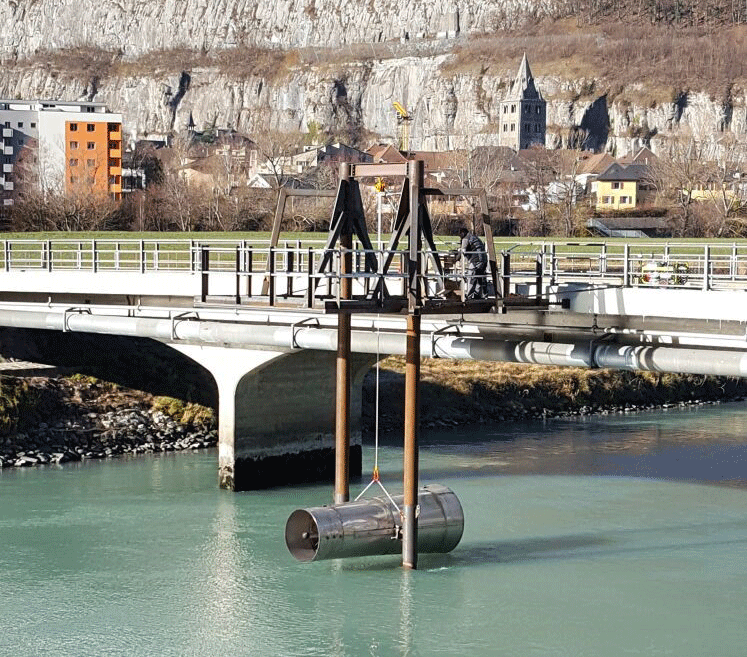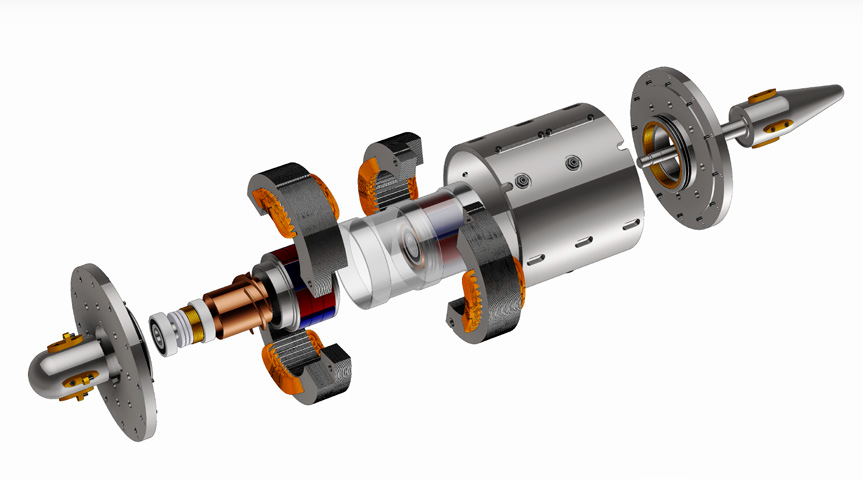What future for small hydropower in Switzerland?
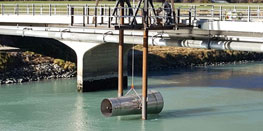
February 2017 - by Cécile Alligné-Münch
Small hydropower provides 5 % of our electricity produced in Switzerland and has great potential to grow. The fact that it had its revival and could advance in the 90s has to be linked to the support measures by the confederation. Nowadays, is this support sufficient to ensure that small hydropower retains its place in our future energy mix? Which role can research play?
A glimpse behind the scenes of our small hydropower plants
The history of small-scale hydropower plants is old and often related to the electrification of rural areas. Little by little, former water mills gave place to more conventional turbines and the picture of small hydropower changed. Nowadays, water from rivers is still harvested to produce electricity, but drinking water, waste water, irrigation water or water used for artificial snow production are used as well. In Switzerland, small power plants with a capacity below 10 MW produce more than 3'600 GWh per year. In comparison, the large power station of Bieudron (VS) holds the world record for Pelton turbine power with 423 MW for each of its three machines, and the total electricity consumption in Switzerland was equal to 58'000 GWh in 2015.
It is possible to distinguish three main families among small hydropower plants:
- Power plants installed on existing infrastructures, which are exploited by local companies. These power plants have the advantage of a limited environmental impact and more reasonable installation costs because the water is already canalized. A drinking water system for example might have a useful hydraulic potential if the water, captured at a certain height, is consumed further down in the valley. Small-scale turbines can harvest the exceeding pressure for electricity production. The installed power varies between ten and a few hundred kilowatts. Even though this capacity could be considered as negligible on country scale, it is not the case for a village.
- Power plants exploiting the potential of rivers lie on the opposite end of the power range. Technically, they are similar to large hydropower plants, mostly being equipped with turbines built by large hydropower manufacturers. Generally, both, the owners as well as the operators belong to the large hydropower sector. The environmental impact is crucial for these small-scale hydropower plants. The possibility of producing several GWh is balanced with the risk of modifying our natural environment. The choice is not always evident and compromises need to be found.
- Apart from these two families, there are power plants built and operated by passionate private people, as it is the case for the mini-hydropower plant by the family Estier on the Versoix River (GE).
With power varying from few kilowatt to several megawatt, small-scale hydropower plants have diverse characteristics, but one common point: the difficulty to produce energy in an economically beneficial manner.
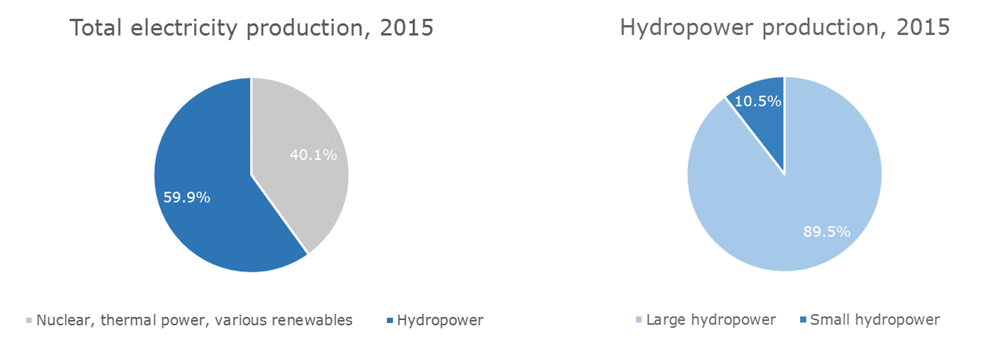
How is small hydropower supported today?
In order to sustain the development of renewable electricity production (hydropower, solar, wind, biomass and geothermal), the confederation introduced the feed-in tariff at cost (KEV) in 2008. Each kilowatt-hour produced by a small-scale hydropower plant is renumerated with an average of 16 cents, what is way above the current market price of 3 cents. Without this program, several small hydropower plants could not have been realized. Whether for private people, communities or companies, the profitability of a plant remains a necessary condition and the KEV permits a return on investments within a reasonable time.
Currently in Switzerland, 534 small hydropower plants benefit from this support, producing combined more than 1’300 GWh. Additionally, 277 small-scale hydropower plants already received a positive answer and will, once built, produce 1’000 GWh. More than 500 projects are on the waiting list, showing a potential beyond 2’000 GWh. Nevertheless, these last numbers should be considered with caution since all these projects are not a priori feasible due to the limitations related to environmental impacts and licensing procedures.
Since 1 January 2017, the KEV for small-scale hydropower is downgraded (see Newsletter number 30 of EnergieSchweiz, Programm Kleinwasserkraftwerke). Will this change slow down the small-scale hydropower development?
Which role can research play to boost small hydropower?
The SCCER-SoE takes care of several projects in order to develop new technologies to fully exploit the small-scale hydropower potential.
As a first step, the priority was given to the potential of existing infrastructure:
- A small turbine is currently in the industrialization phase (CTI Duo Turbo, see figure). It recovers the energy from drinking water supply systems. A potential of about 60 GWh is estimated.
- The first prototype of a turbine to recover the kinetic energy from water flowing in canals has been created. It is currently tested in the tailrace channel of the Lavey power plant (VD, see figure).
In addition to these technologies, the SCCER-SoE focuses on the «intelligence» of water networks. Concerning power plants installed on existing structures, the priority is not to produce electricity, but to provide drinking water, promote tourism or irrigate fields and sometimes all at the same time! Is it possible to consider a water management that is optimized at the scale of multiple villages or districts? Only as much water as necessary would be consumed and, if possible, electricity would be produced as well as energy in the form of water stored for a couple of hours. For this purpose and in collaboration with the SCCER-FURIES, the possibility of small-scale pumped storage hydropower plants is currently under study in order to store energy decentralized (see picture).
All these projects aim to give new impetus to the small-scale hydropower and to reinforce its role in the Swiss energy mix.
Author

Dr. Cécile Alligné-Münch is responsible for the SCCER-SoE’s work package 3 on innovative technologies, Professor in hydraulic energy and leader of the hydroelectricity research group at the HES-SO Valais-Wallis.

